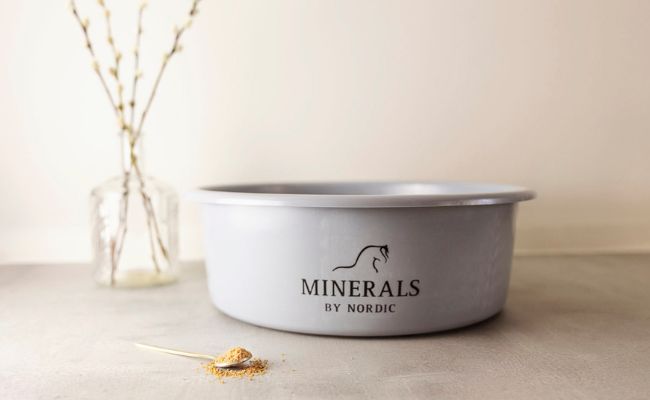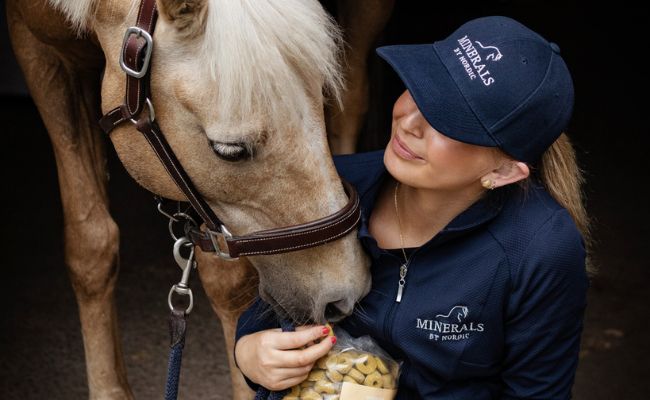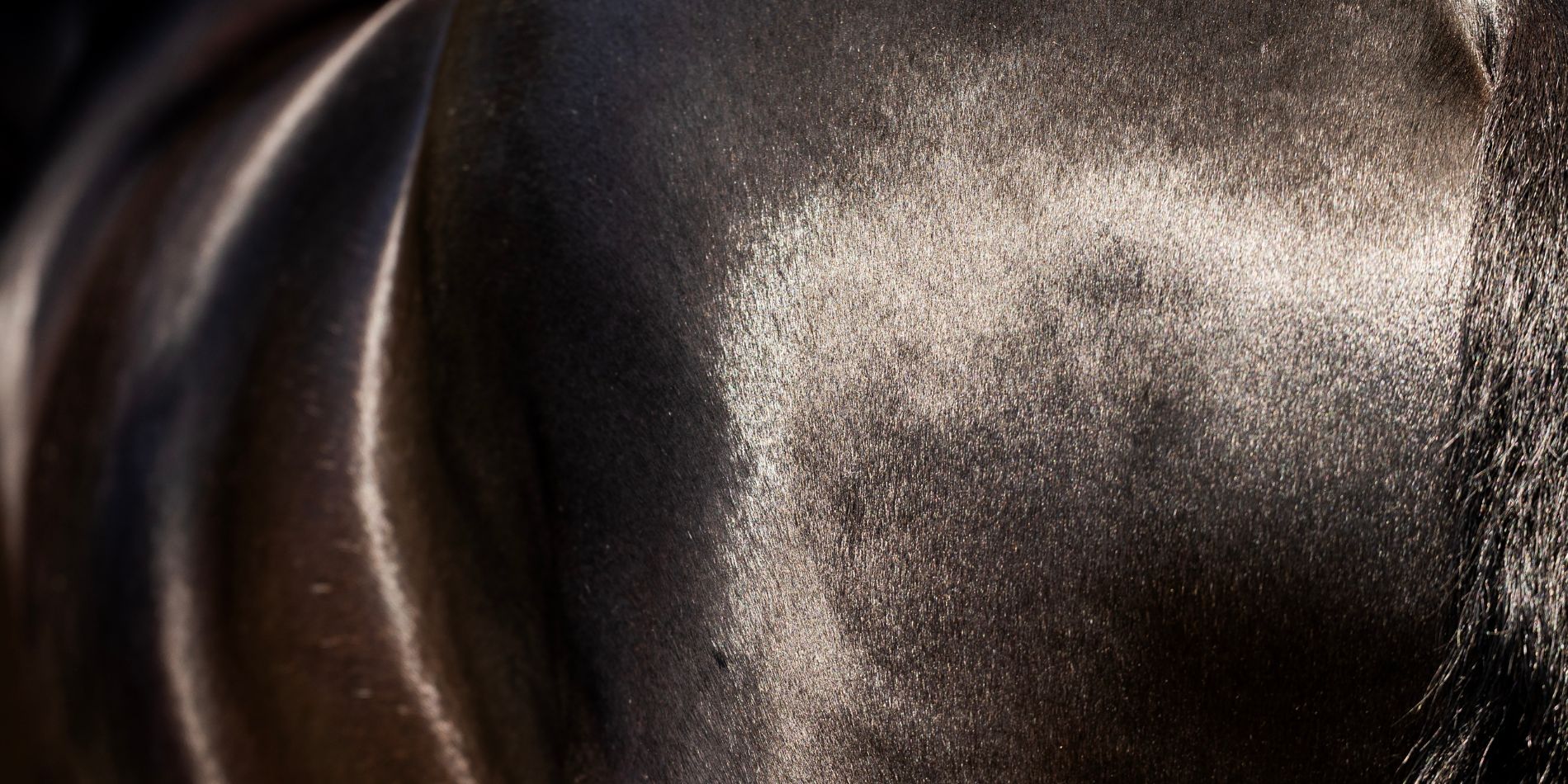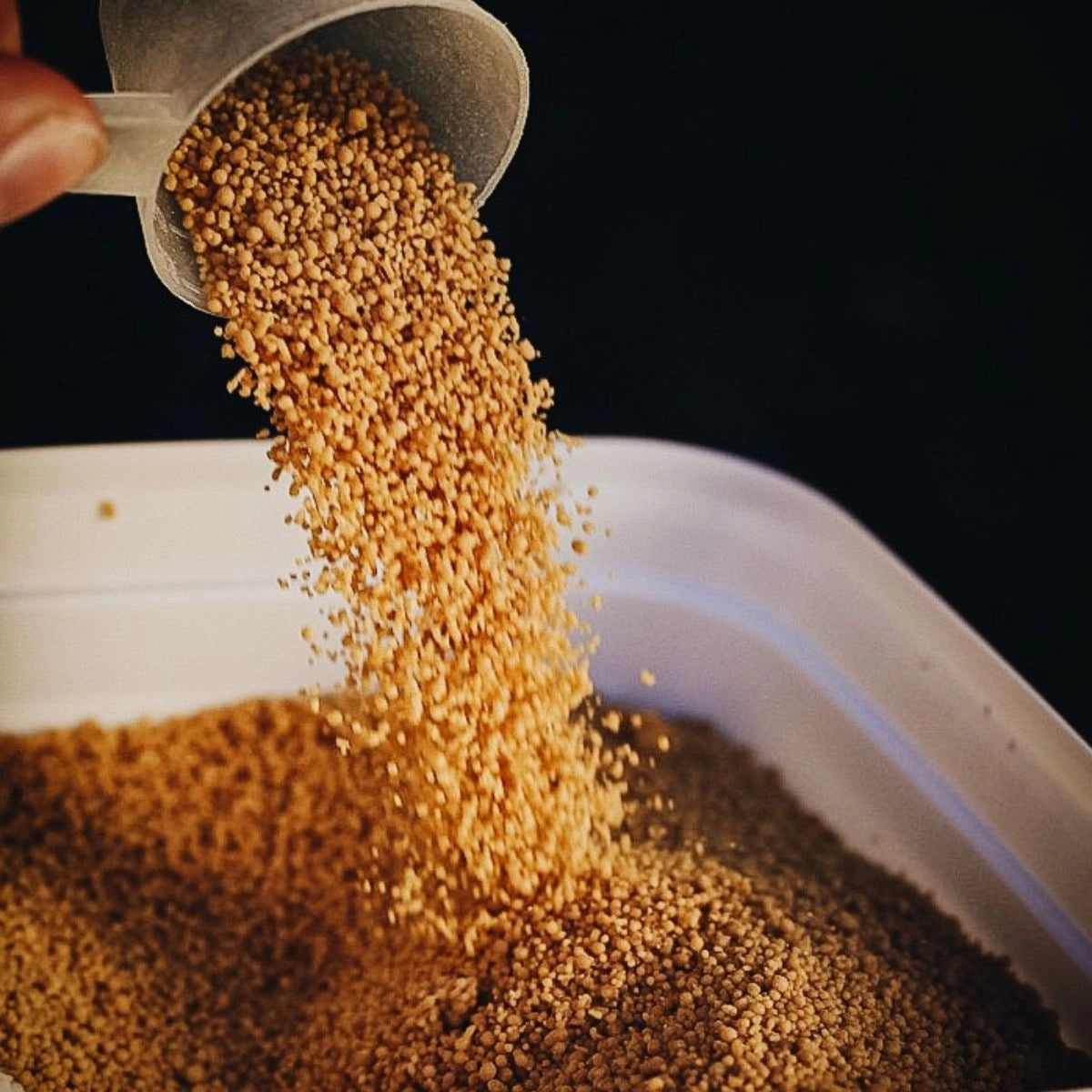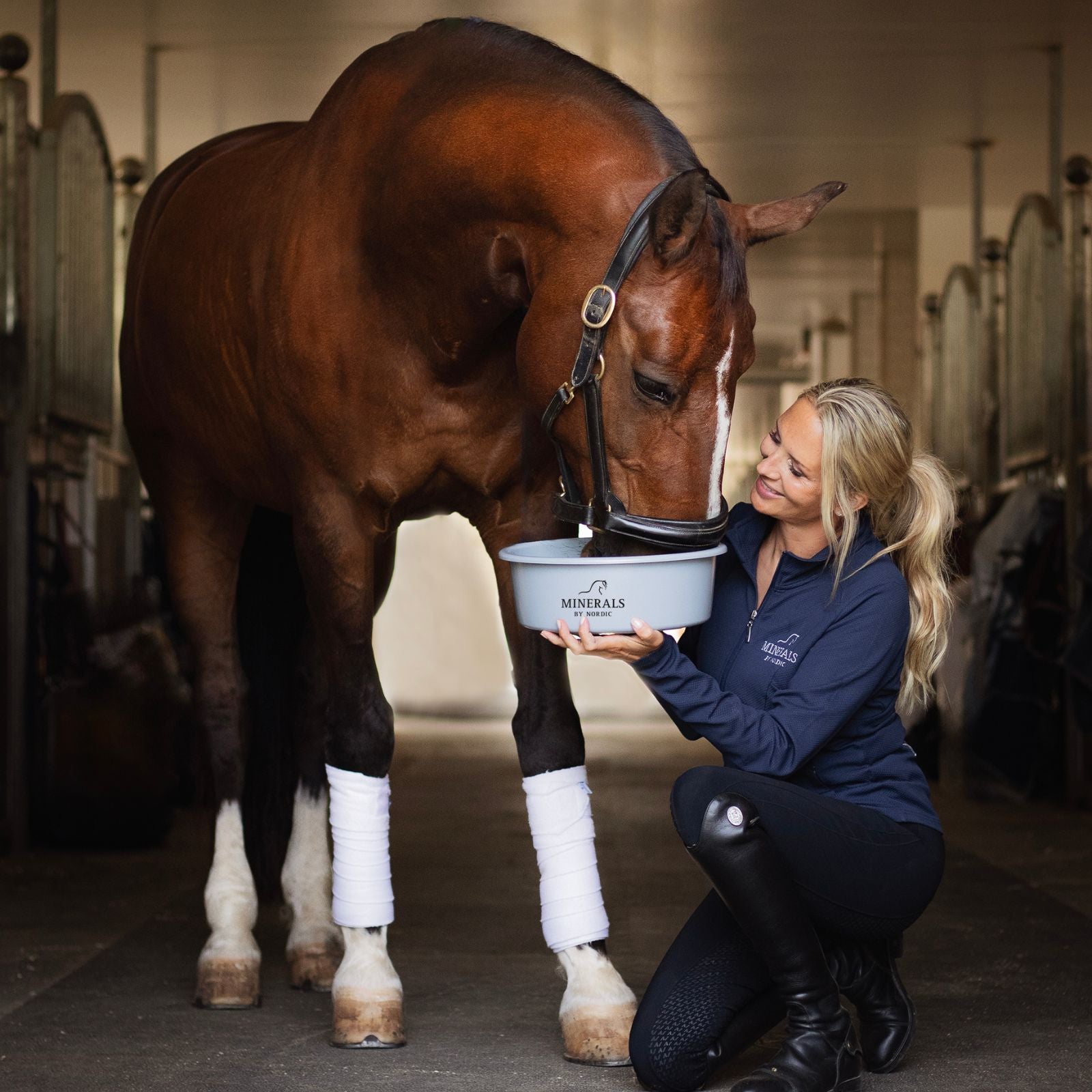Common Coat Problems in Horses - Causes and Preventive Measures
Coat problems are relatively common in horses as their skin and coat are sensitive to both external factors and internal health conditions. Each season presents its own challenges, but with the right diet, care, and environment, many coat problems can be prevented.
Environmental Factors That Affect the Coat
1. Humidity and Hygiene in the Stable
A humid environment, which is common in stables during the fall and winter, can promote the growth of bacteria and fungi. This can lead to infections such as mud fever and rain scald, which affect both the coat and skin.
2. Exposure to Sun and Heat
During the summer, horses are exposed to strong sunlight and heat, which can cause sunburn and dry out the coat, especially in horses with lighter coats or white or thin-haired areas.
3. Insect Attacks
Insects, such as midges and mosquitoes, can cause summer eczema and itching when the horse reacts to bites. The problem worsens if the horse has sensitive skin or is in an environment with many insects.
Care and Hygiene for a Healthy Coat
1. Regular Grooming and Washing
If the horse is not groomed and washed regularly, dirt and sweat can build up, blocking pores and causing skin irritations. Proper care and hygiene help keep the coat in good condition and reduce the risk of infections.
2. Cleaning of Equipment
Equipment such as saddle pads and blankets should be kept clean to reduce the risk of skin irritations. Dirty equipment can rub against the skin and cause abrasions.
3. Use of Protection
Blankets and fly protection can protect the coat from weather and insects, but they can also cause problems if they are not properly suited to the horse’s needs. Blankets can cause rubbing or overheating if used incorrectly.
Diet and Nutritional Balance
1. Vitamins and Minerals
Important nutrients such as biotin, zinc, and copper are crucial for coat and skin health. Deficiencies in these nutrients can lead to dry skin, brittle coats, and general weakness in the skin’s defenses.
2. Omega-3 and Fatty Acids
Omega-3 fatty acids help maintain the skin's moisture and elasticity, making the coat shinier and more resistant to dehydration and itching.
3. Protein and Energy
A horse that does not get enough protein and energy can have a dull and brittle coat because the body prioritizes other vital functions.
Common Coat Problems in Horses
Mud Fever and Scabs
Mud fever is an infection that primarily affects the skin around the horse's legs. It is often caused by bacteria or fungi and can be aggravated by humid environments. Scabs are a more severe variant that spreads further up the legs.
Rain Scald
Rain scald is a bacterial skin infection caused by moisture, especially if the horse stands in wet or muddy conditions. Common symptoms are scabs and small lumps on the horse’s back and rump.
Summer Eczema
Summer eczema is caused by an allergy to bites from small insects like midges. It leads to intense itching, redness, and hair loss, especially during the warmer months.
Dry Skin and Dandruff
Dry skin and dandruff can occur for many reasons, such as dry air or nutrient deficiencies. Omega-3 and minerals often help restore skin balance.
Hair Loss and Bald Patches
Hair loss can be caused by skin conditions like fungal infections (e.g., ringworm) or allergies. Veterinary assessment is important to avoid infection and spreading.
Preventive Measures for Different Seasons
Winter
During the winter months, it is important to keep the horse dry and regularly check the skin to avoid irritation. Clean and well-maintained blankets reduce the risk of abrasions.
Summer
Insect attacks are common in the summer. Use insect-repellent products and fly sheets to protect the horse.


